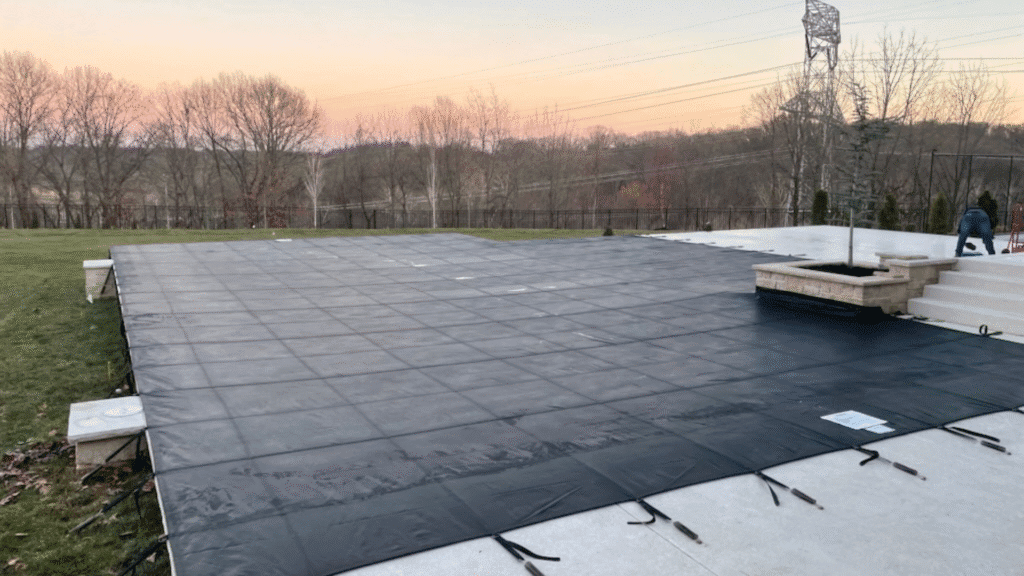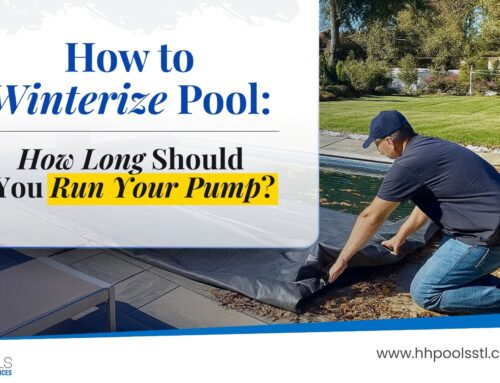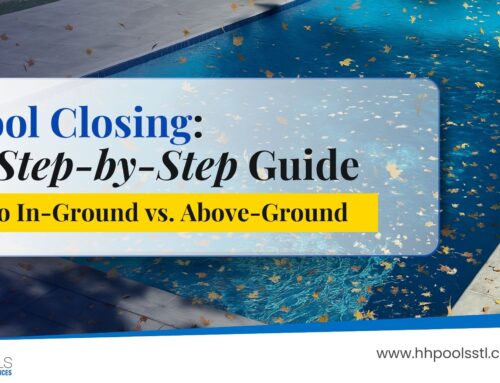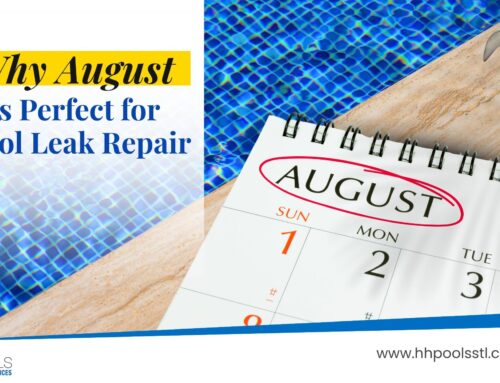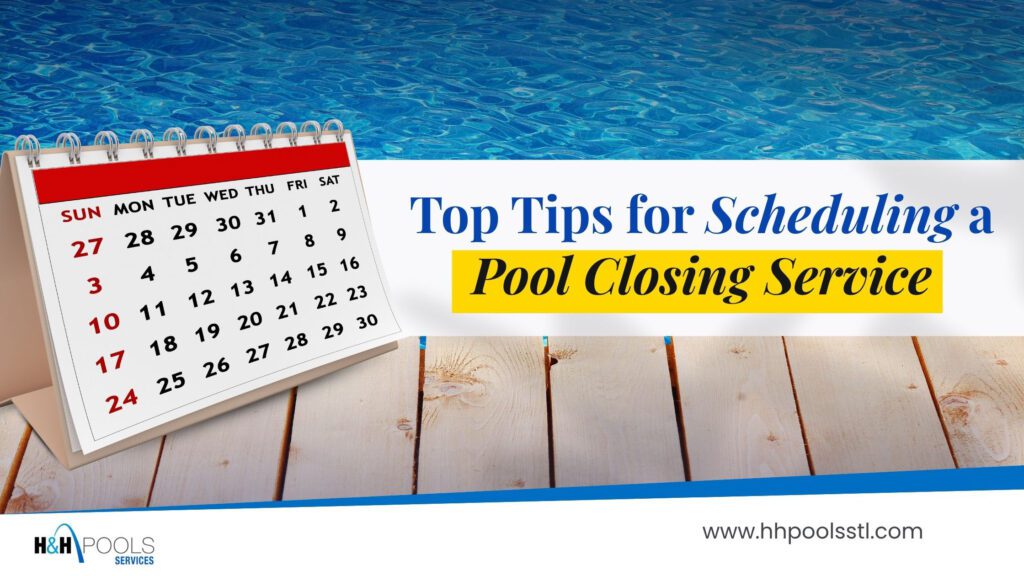
Top Tips for Scheduling a Pool Closing Service Early
Why Early Pool Closings Matter
Preparing to schedule a pool closing service might feel like a chore, but early planning is one of the most critical actions you can take to protect your backyard investment. At H&H Pools, we specialize in comprehensive pool closing services designed to help homeowners avoid costly winter damage, prolong equipment life, and ensure a stress-free reopening come spring.
In the greater St. Louis area, weather patterns can shift rapidly. Early fall can bring frost and sudden temperature drops, making it risky to postpone winterization. Whether you have an in-ground pool with complex plumbing or an above-ground system requiring strategic cover placement, scheduling a closing early ensures your pool is safeguarded before unexpected cold spells hit.
Benefits of Scheduling Your Pool Closing Early
H&H Pools’ Proven Pool Closing Process
We don’t just toss on a cover and walk away. Our pool closing services follow a meticulous checklist tailored to the needs of each client and pool type.
Step-by-Step Guide:
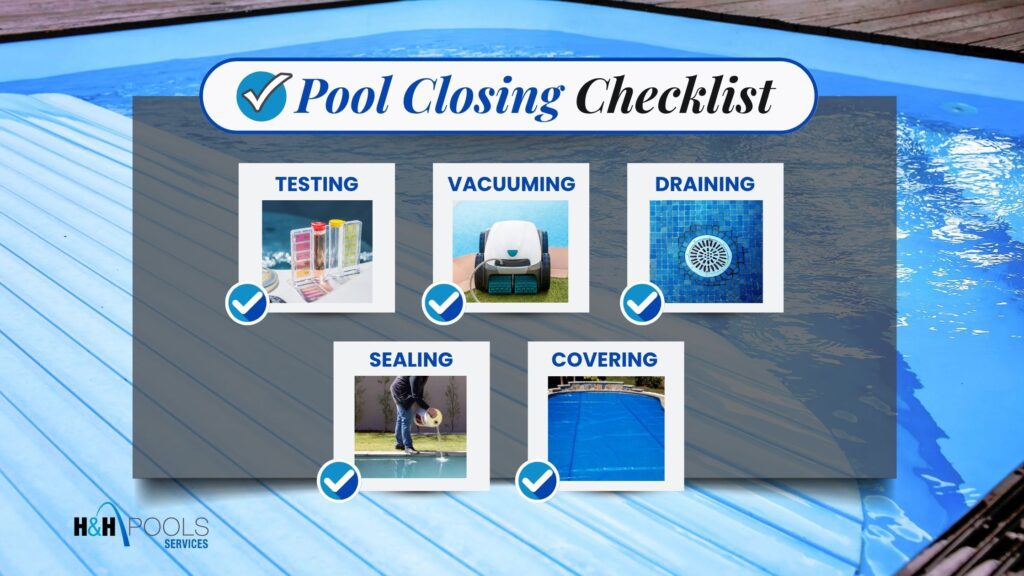
Pool Closing Tips Every Homeowner Should Know
Frequently Asked Questions About Pool Closings
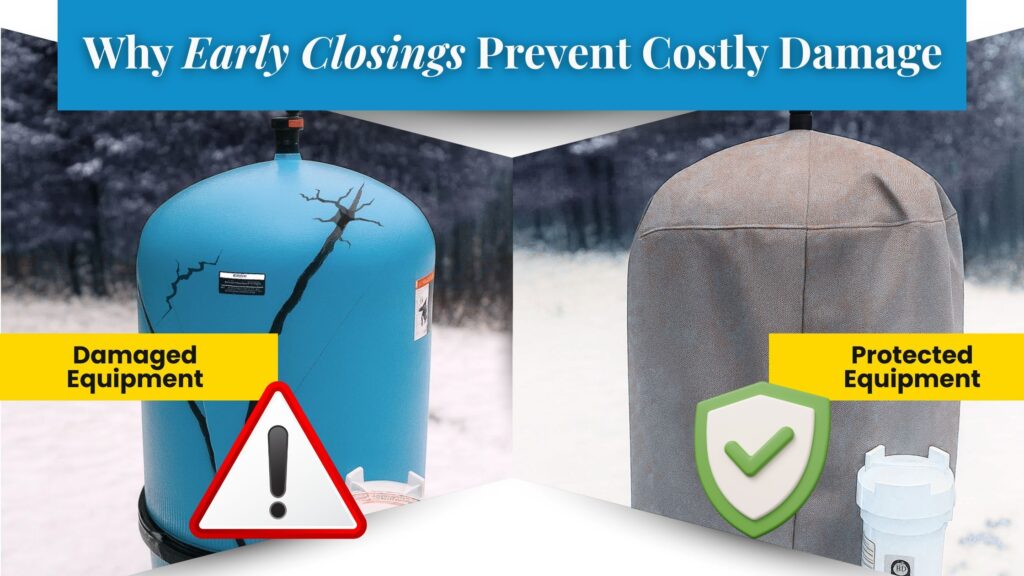
Ready to Winterize Your Pool the Right Way?
Protect your pool from freezing temperatures, costly breakdowns, and stressful surprises. Schedule your pool closing service with H&H Pools today. Our expert team ensures every detail is handled with care, so you can rest easy this winter.
Avoid the cold-weather chaos. Lock in your pool closing service before appointments run out.

